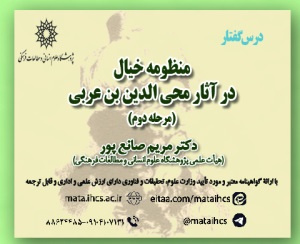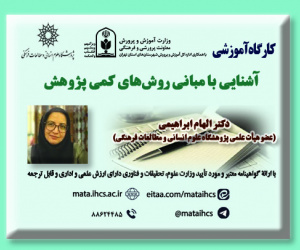پیش بینی جمعیت و تحلیل پویا از تحولات ساختار جمعیتی در ایران (سال 1355 الی 1455) (مقاله علمی وزارت علوم)
درجه علمی: نشریه علمی (وزارت علوم)
آرشیو
چکیده
پیروی از سیاست کنترل جمعیت سازمان های بین المللی که در چند دهه اخیر در ایران اجرایی شد، امروزه باعث تحول عظیمی در ساختارهای سنی جمعیتی گردیده و جمعیت کشور را به طرف ازدیاد نرخ سالمندی سوق داده و باعث شده تا نرخ وابستگی در آینده جزء چالش های اساسی سیاست گذاران باشد. هدف پژوهش حاضر پیش بینی، شبیه سازی و تحلیل پویا از تحولات ساختاری جمعیت کشور ایران و آثار و تبعات آن در نرخ وابستگی جمعیتی دهه های آتی با توجه به تحولات نامتوازن جمعیتی طی دوره 1355 الی 1455 می باشد. نتایج شبیه سازی با روش مدل سازی سیستم های پویا نشان داد که جمعیت کشور با متوسط سالانه نرخ باروری 6/1 در سال 1426 به 94132000 میلیون نفر می رسد. پس از آن روند نزولی به خود گرفته و در سال 1455 به 86416400 نفر خواهد رسید. همچنین روند رشد گروه سنی زیر 15 سال از سال 1370 به بعد سیر روند نزولی داشته و جمعیت سالخورده در طی این دوره، رشد فزاینده ای خواهد داشت؛ به طوری که در پایان دوره به 29 درصد از کل جمعیت خواهد رسید. یافته های پژوهش بر اساس رشد نامتوازن جمعیتی کشور در سه دهه 60،50 و70 و افزایش امید زندگی از 54 سال به 76 سال، نشان می دهد در دهه های آتی ساختار جمعیت کشور یک ساختار پیر خواهد بود و افزایش نرخ وابستگی جمعیت کشور، پیامدهای اقتصادی آسیب زایی را به دنبال خواهد داشت.Population Forecasting and Dynamic Analysis of Population Structure Changes in Iran: (1355 to 1455)
Following the population control policy of international which was implemented in Iran in the last few decades, today has caused a huge change in the demographic age structure and has pushed the country's population towards an increase in the rate of old age. It has caused the dependency rate to be one of the basic challenges of policy makers in the future. Therefore, the current research has simulated the changes in the structure of the Iran's population during the years 1355 to 1455 by using dynamic systems modeling. The results of forecasting the structural changes of the population show that the country's population will reach 94132000 million people in 1426 with an average annual fertility rate of 1.6. After that, it started a downward trend and will reach 86416400 people in 1455. This is despite the fact that the elderly population will grow increasingly during this period; So that it will reach 29% of the total population. The results show that due to the unbalanced population growth of the country in three decades (60s, 50s and 70s) and the increase in life expectancy from 54 years to 76 years, in the coming decades the population structure of the country will be an aging structure and due to the increase in the rate of the dependence of the country's population will have harmful economic consequences.






